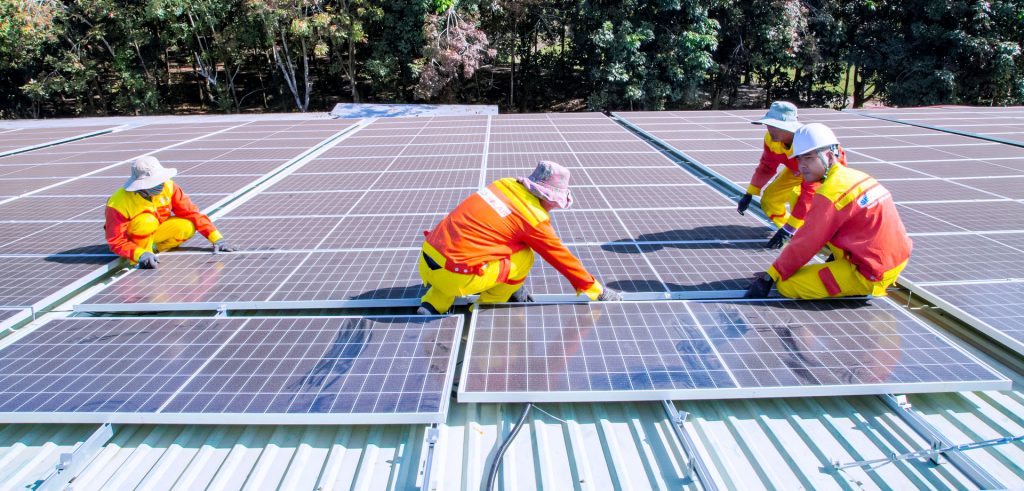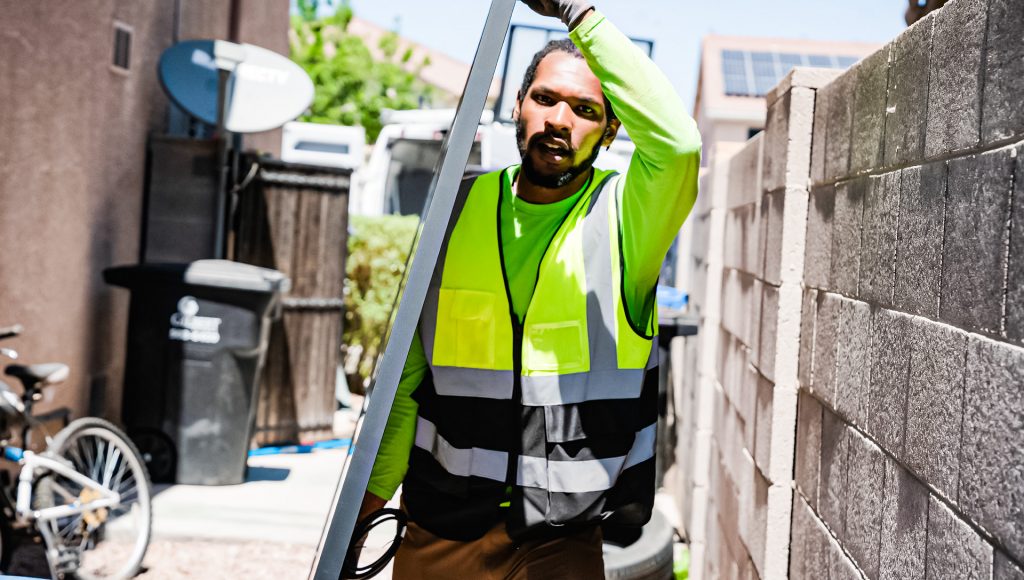Solar roofing is a great way for homeowners to reduce their energy bills and contribute to environmental sustainability. However, proper solar installation requires attention to detail in order to avoid costly mistakes.
The process of installing a solar system is complex; it involves knowledge of electrical wiring, mechanical engineering principles, building codes, local regulations, safety protocols, and more. Without taking these into consideration throughout the installation procedure, there can be significant consequences that ultimately lead to expensive repairs or total failure of the system.
To ensure a successful and efficient solar roof system, this article will outline the most common mistakes made during solar panel installations so readers are equipped with the right information before embarking on such an important project.
1. Not Doing Proper Research
It is important for homeowners to do proper research before committing to solar roofing installations. Unrealistic expectations and overlooking costs are two common mistakes that many homeowners make when looking into the installation of a solar roof system.
Comprehensive research needs to be done so that one can ensure they have all information necessary in order to make an informed decision regarding their investment in solar roofing.
This includes being aware of comparison between different types of systems, as well as researching any rebates or incentives available from local governments and energy providers which could help reduce upfront costs.
Additionally, it is important to calculate more than just the initial cost of purchase; ongoing maintenance and repair charges must also be considered when making such an investment.
2. Poor Planning And Design

When considering a solar roof installation project, the importance of proper planning and design cannot be overstated. Poorly designed layouts and incorrect budget calculations can lead to costly mistakes that are difficult to rectify.
Understanding the limits of the space available for array placement, calculating energy needs accurately, and taking into account any architectural restrictions or zoning regulations is essential for success. The wrong decisions at this stage can put an entire project in jeopardy.
In addition to carefully assessing all logistical considerations, it is important to select components with great care. Quality products should last many years without needing repair or replacement; therefore choosing panels, inverters, and other equipment from reputable vendors can help ensure a lasting installation.
Taking time upfront to do research and make smart choices will pay dividends in the long run by avoiding unanticipated expenses down the road.
3. Neglecting Building And Safety Codes
Solar roofing installation is a complex process that requires knowledge, skill and proper attention to detail. Ignoring building and safety codes can result in serious consequences for both the homeowner and contractor.
It is important to research applicable local laws before beginning any project involving solar panels or other electrical components on residential rooftops. In many jurisdictions, it is illegal to begin construction without obtaining all permits necessary for the job. Construction companies are obligated by law to inform customers of their obligations under local regulations and obtain appropriate paperwork prior to beginning work.
Additionally, contractors should be careful not to skimp on materials used in the installation process; inferior parts may fail prematurely or even create hazardous conditions if they are not up to code standards. Solar installations must also comply with national fire safety requirements regarding clearance from combustible material such as wood siding or shingles. Taking shortcuts when installing a solar system could lead to costly fines and repairs down the road.
4. Incorrectly Calculating Electrical Loads
When installing a solar roof, it is essential to be aware of building and safety codes. Failing to adhere to these standards can cause costly issues down the line, including damage or injury due to faulty construction.
It is also important for installers to accurately calculate electrical loads when performing rooftop solar installation projects. Incorrectly calculating electrical loads may lead to incorrect wiring which can result in power outages or even fires caused by overloaded circuits. The importance of correctly calculating electrical load cannot be overstated; if too much current flows through an improperly wired system, it could potentially create hazardous conditions that put people’s lives at risk.
Furthermore, improperly wired systems with insufficient amperage capacity may not generate enough energy to meet the customer’s needs. Professional solar contractors must ensure they understand the basic principles of electricity before attempting any type of rooftop solar installation project.
5. Poorly Installed Roof Penetrations

The sun can be a powerful force, and it is essential that any solar roofing installation stands up to the test of time. Poorly installed roof penetrations can cause long-term damage if not done correctly.
Improper flashing and substandard materials are often used in attempts to speed up or cut costs on an install; however, this can lead to water infiltration which leads to costly repairs down the road. Installers need to pay close attention when installing these penetrations as they will be exposed to direct sunlight, rain, snow, hail, wind, etc., all elements that could have disastrous effects on improperly flashed areas.
A quality installer needs to take extra care during the process by taking extra steps such as caulking around flashings and ensuring that the material being used is appropriate for the job at hand. Doing so will help ensure that your system remains strong for many years after installation.
6. Inadequate Inverter Sizing
Incorrect inverter sizing can have a major impact on the efficiency of solar roofing installations. Inadequate research and incorrect wiring when installing an inverter may result in a system that is incapable of producing the desired energy output, leading to lower return on investment (ROI).
When sizing an inverter for a solar rooftop installation, it is important to consider factors such as power requirements, energy storage capacity, environmental conditions, and available space. A correctly sized inverter will provide sufficient current at all times while protecting against overloads or short-circuits caused by excess voltage.
Additionally, correct sizing ensures optimal performance under varying weather conditions and allows maximum flexibility with regard to future expansion or upgrades. It also reduces costs associated with additional safety features needed due to oversized equipment. Failure to size the right inverter could lead to inefficient operation and possible damage to both the inverter and other components of the solar rooftop installation.
7. Insufficient System Maintenance
The sun’s rays can be damaging to solar roofing systems. Without proper maintenance, the system can quickly become covered in dirt and debris that blocks out the light it needs to operate at full capacity.
This makes it essential for homeowners to schedule regular cleaning of their solar panels and assess potential system upgrades. Not addressing these issues could lead to a decrease in performance or even permanent damage over time if not addressed immediately.
To ensure optimal efficiency, owners should also check whether any repairs need to be done as part of their routine maintenance. Properly maintaining a solar roofing system is an important step toward achieving long-term energy savings and reliability.

